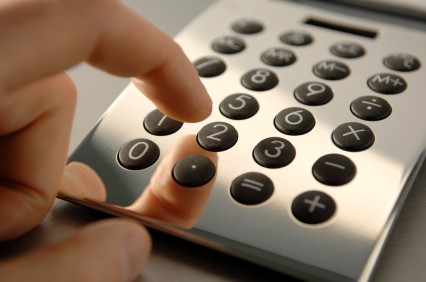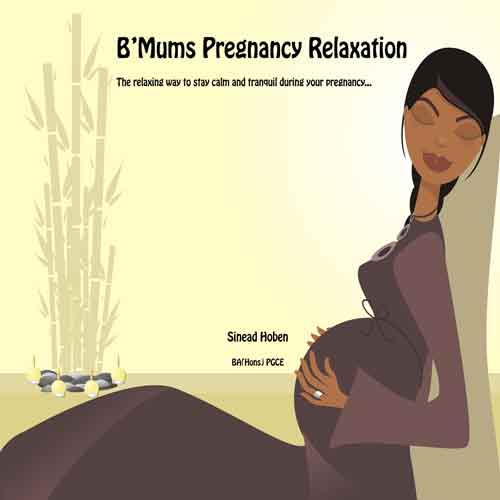Finger Feeding
Introduction
Finger feeding is a method that helps train the baby to take the breast. It can also be used to avoid artificial nipples, but its primary purpose is to help latch on a baby who refuses to latch on. (See Handout 26: When the Baby Refuses to Latch On). If you want to breastfeed successfully, it is better to avoid the use of artificial nipples before your milk supply is well established.
Finger feeding may be used if:
1. The baby refuses the breast for whatever reason, or if the baby is too sleepy at the breast to nurse well. It is also a very good way to wake up a sleepy baby during the first few days of life.
2. The baby does not seem to be able to latch on to the breast properly, and thus does not get milk well. (However, if a lactation aid can be used at the breast, why use finger feeding?).
3. The baby is separated from the mother, for whatever reason. However, in such a situation, a cup is probably a better method of feeding the baby.
4. Breastfeeding is stopped temporarily (there are very few legitimate reasons to stop breastfeeding. See handout Handout 9a: You Should Continue Breastfeeding (Drugs and Breastfeeding) and Handout 9b: You Should Continue Breastfeeding- (Illness in the Mother or Baby).
5. Your nipples are so sore that you cannot put the baby to the breast. Finger feeding for several days may allow your nipples to heal without causing more problems by getting the baby used to an artificial nipple. Cup feeding is also more appropriate in this situation and takes less time. This is only a last resort. Proper positioning and a good latch help sore nipples far more frequently than finger feeding (Handout 3a: Sore Nipples). And a good all purpose nipple ointment will help more. This so called “nipple holiday” is usually a mistake and if suggested within the first few days of life is a terrible mistake. Taking the baby off the breast does not always result in painless feedings once you start again, and sometimes the baby will refuse to latch on.
Finger feeding is much more similar to breastfeeding than is bottle feeding. In order to finger feed, the baby must keep his tongue down and forward over the gums, the mouth wide open (the larger the finger used, the better), and the jaw forward. Furthermore, the motion of the tongue and jaw is similar to what the baby does while feeding at the breast. Finger feeding is best used to prepare the baby who is refusing to latch on to take the breast. It should be used for a minute or two , at the most, just before trying the baby on the breast if the baby is refusing to latch on. Cup feeding is usually easier and faster when the mother is not present to feed the baby and is better to finish the feeding, if finger feeding is slow.
Please Note: If the baby is taking the breast, it is better by far to use the lactation aid tube at the breast, if supplementation is truly necessary (See Handout B: Protocol to Increase Breastmilk Intake by the Baby, and Handout 5: Using a Lactation Aid).
What sense does it make to finger feed after breastfeeding?
Finger feeding (best learned by watching and doing)
1. Wash your hands. It is better if the fingernail on the finger you will use has been cut short, but this is not necessary.
2. It is best to position yourself and the baby comfortably. The baby's head should be supported with one hand behind his shoulders and neck; the baby should be on your lap, half seated, and facing you. However, any position which is comfortable for you and the baby and which allows you to keep your finger flat in the baby’s mouth will do.
3. You will need a lactation aid, made up of a feeding tube (#5F, 36" long), and a feeding bottle with expressed breast milk, sugar water, or if necessary, formula, depending on the circumstances. The feeding tube is passed through the enlarged nipple hole into the fluid.
4. Line up the tube so that it sits on the soft part of your index (or other) finger. The end of the tube should line up no further than the end of your finger. It is easiest to grip the tube, about where it makes a gentle curve, between your thumb and middle finger and then position your index finger under the tube. If this is done properly, there is no need to tape the tube to your finger.
5. Using the finger with the tube, tickle the baby's lips lightly until the baby opens up his mouth enough to allow your finger to enter. If the baby is very sleepy, but needs to be fed, the finger may be gently insinuated into his mouth. Pull the baby’s lower lip out if necessary. Generally, the baby will begin to suckle even if asleep, and receiving liquids will then usually awaken him.
6. Insert your finger with the tube so that the soft part of your finger remains upwards. Keep your finger as flat as possible, thus keeping the baby’s tongue flat and forward. Usually the baby will begin sucking on the finger, and allow the finger to enter quite far. The baby will not usually gag on your finger even if it is in his mouth quite far, unless the baby is not hungry or he is very used to bottles.
7. Pull down the baby's chin, if his lower lip is sucked in.
8. The technique is working if the baby is drinking. If feeding is very slow, you may raise the bottle above the baby's head, but usually this should not be necessary. Try to keep your finger straight, flattening the baby's tongue. Try not to point your finger up, but keep it flat.
9. The use of finger feeding with a syringe to push milk into the baby's mouth is, in my opinion, too difficult for the mother to do alone and definitely not more effective than simply using a bottle with the nipple hole enlarged and the tube coming from it. The idea of finger feeding is not to feed the baby! The idea is to train the baby to suck properly, so pushing milk into his mouth defeats the whole purpose of finger feeding.
If you are having trouble getting the baby to latch on to or to suckle at the breast, remember that a ravenous baby can make the going very difficult. Take the edge off his hunger by using the finger feeding technique for a minute or so. Once thebaby has settled a little, and sucks well on your finger (usually only a minute or so), try offering the breast again. If you still encounter difficulty, do not be discouraged. Go back to finger feeding and try again later in the feed or next feeding. This technique usually works. Sometimes several days, or on occasion a week or more, of finger feeding are necessary, however.
If you are leaving the hospital finger feeding the baby, make an appointment with the clinic within a day or so of ischarge. The earlier the better. Once the baby is taking the breast, he may still require the lactation aid to supplement for a period of time. Although the baby may take the breast, the latch can still be less than ideal, and the suckle may still not be efficient enough to ensure adequate intake.
Questions? (416) 813-5757 (option 3) or drjacknewman@sympatico.ca
or my book Dr. Jack Newman’s Guide to Breastfeeding ( called The
Ultimate Breastfeeding Book Of Answers
in the USA.)
Go to http://www.drjacknewman.com for information and for videos that show you breastfeeding techniques.
Handout #8.Finger Feeding. Revised January 2005
Written by Jack Newman, MD, FRCPC. © 2005
This handout may be copied and distributed without further permission, on the condition that it is not used in any context in which the WHO code on the marketing of breastmilk substitutes is violated.




